Particle sensors PM
-
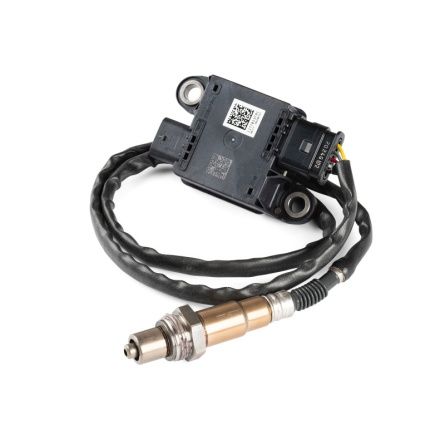
Particle Sensor PM
Volkswagen03N906261A£286.64 £238.87 -
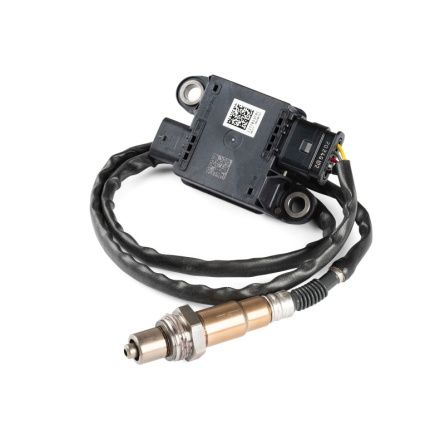
Particle Sensor PM
Volkswagen03N906261B£286.64 £238.87 -
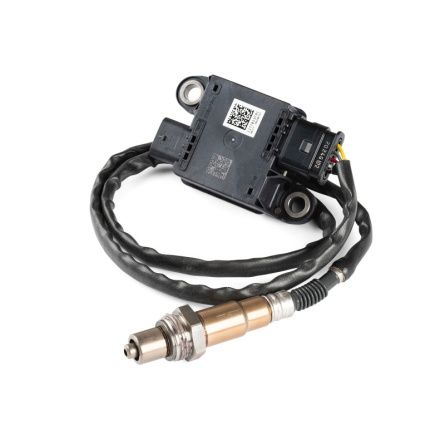
Particle Sensor PM
Volkswagen03N906261C£286.64 £238.87 -
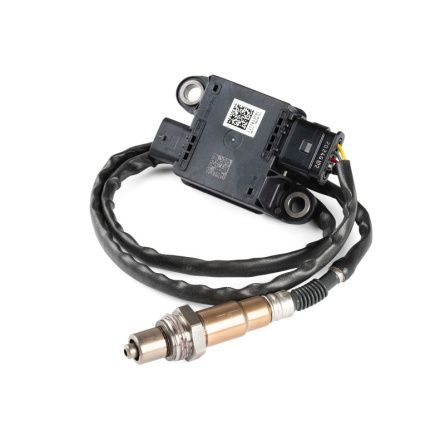
Particle Sensor PM
Volkswagen03N906261D£286.64 £238.87 -
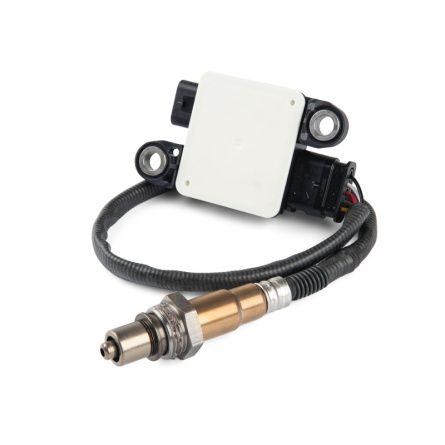
Particle Sensor PM
MercedesA0009050608£286.64 £238.87 -

Particle Sensor PM
MercedesA0009059601£286.64 £238.87 -
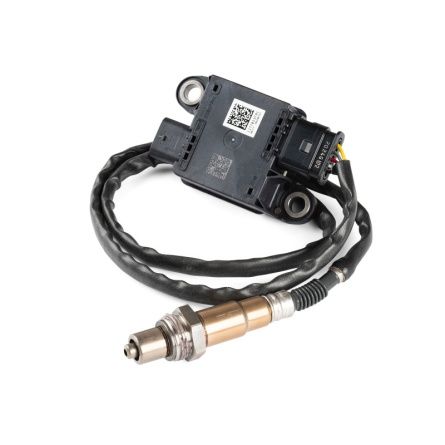
Particle Sensor PM
Volkswagen4M0906261J£327.59 £272.99 -
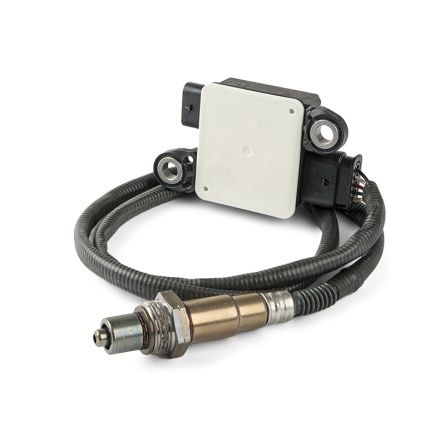
Particle Sensor PM
Audi8W0906261£327.59 £272.99 -

Particle Sensor PM
Audi8W0906261A£327.59 £272.99 -

Particle Sensor PM
Audi8W0906261C£327.59 £272.99 -
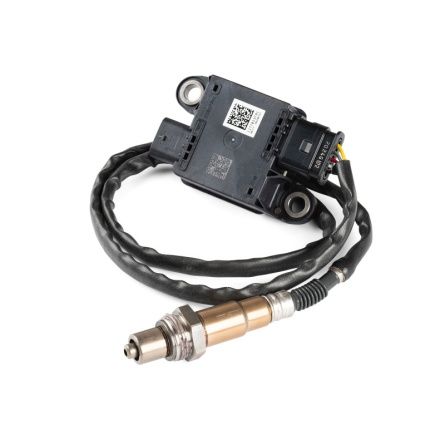
Particle Sensor PM
Volkswagen4M0906261£327.59 £272.99 -

Particle Sensor PM
Volkswagen4M0906261M£327.59 £272.99 -
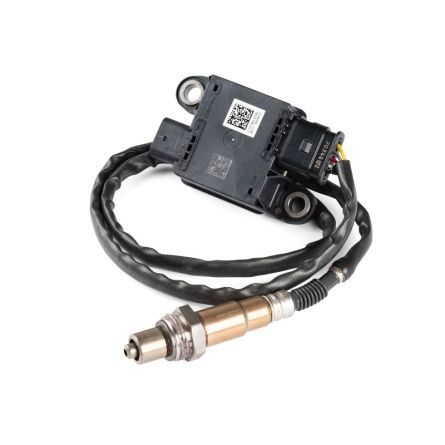
Particle Sensor PM
Volkswagen4M0906261N£327.59 £272.99 -
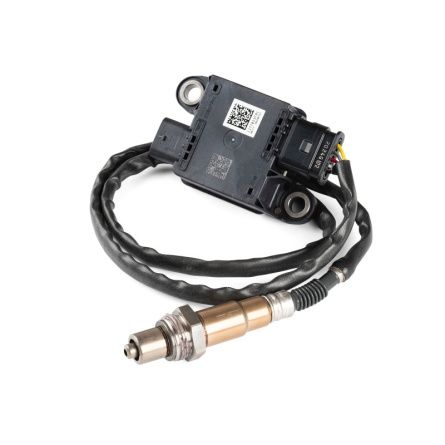
Particle Sensor PM
Volkswagen4M0906261H£327.59 £272.99 -

Particle Sensor PM
Volkswagen4M0906261D£327.59 £272.99 -
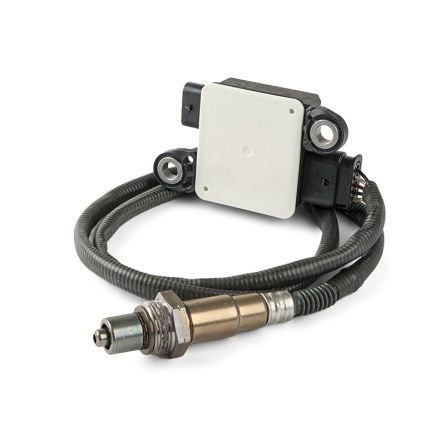
Particle Sensor PM
Audi8K0906261£327.59 £272.99 -
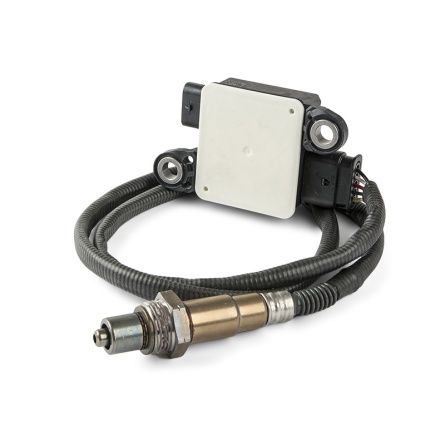
Particle Sensor PM
Audi8K0906261A£327.59 £272.99 -
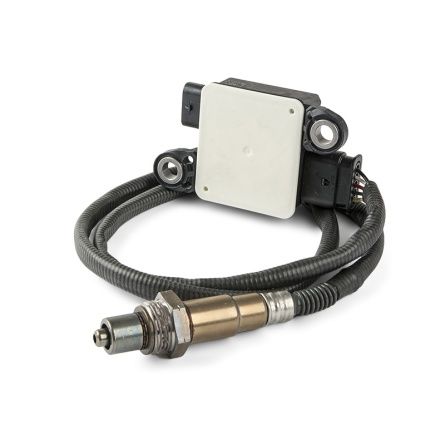
Particle Sensor PM
Audi8K0906261C£327.59 £272.99 -
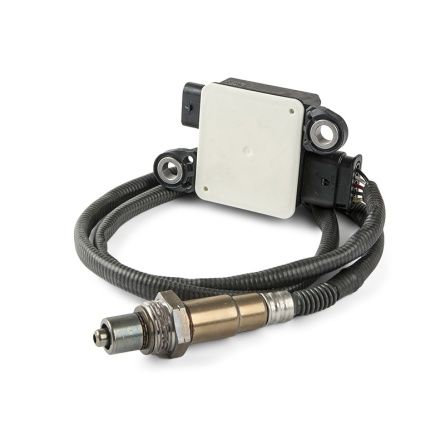
Particle Sensor PM
Audi4K0906261D£327.59 £272.99 -
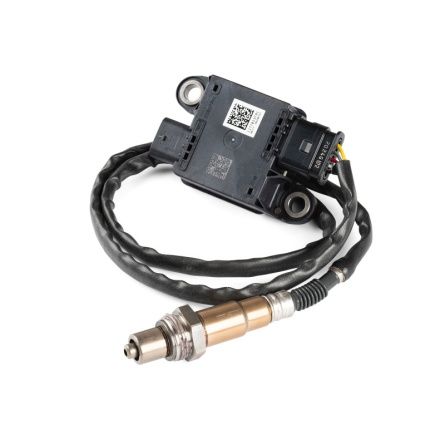
Particle Sensor PM
Volkswagen4M0906261F£327.59 £272.99 -
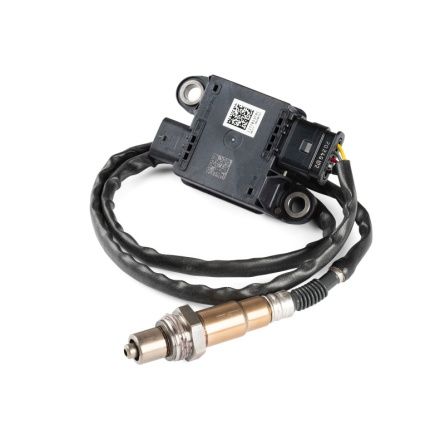
Particle Sensor PM
Volkswagen4M0906261C£327.59 £272.99 -

Particle Sensor PM
Volkswagen8R0906261A£327.59 £272.99 -
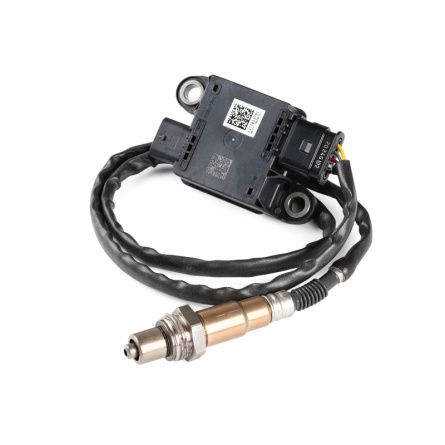
Particle Sensor PM
Volkswagen8R0906261B£327.59 £272.99 -

Particle Sensor PM
Volkswagen05L906261B£327.59 £272.99 -
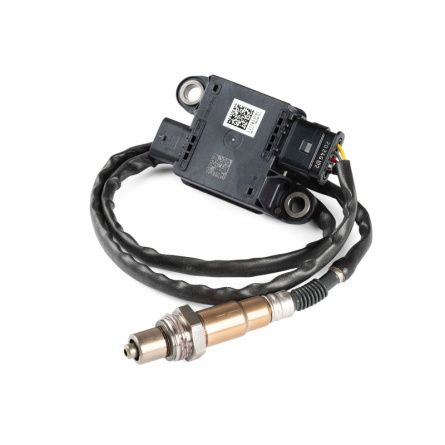
Particle Sensor PM
Volkswagen80A906261C£327.59 £272.99 -
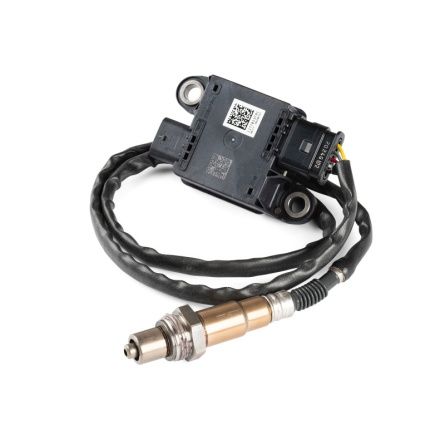
Particle Sensor PM
Volkswagen80A906261A£327.59 £272.99 -
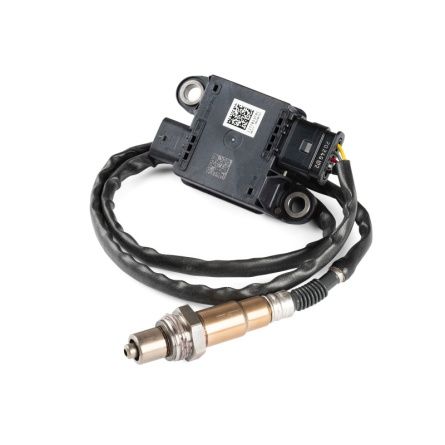
Particle Sensor PM
Volkswagen04L906261J£327.59 £272.99 -
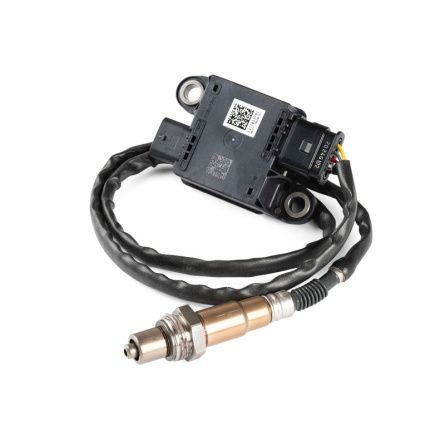
Particle Sensor PM
Volkswagen4K0906261£327.59 £272.99 -

Particle Sensor PM
Volkswagen80A906261£327.59 £272.99 -

Particle Sensor PM
Volkswagen059906261£327.59 £272.99 -
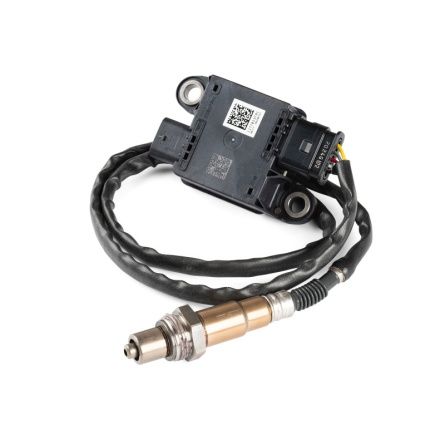
Particle Sensor PM
Porsche95860626130£327.59 £272.99 -
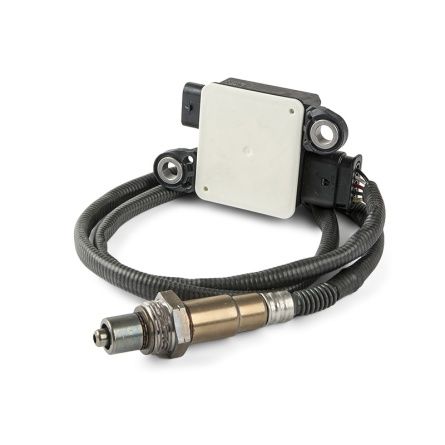
Particle Sensor PM
Audi80A906261D£327.59 £272.99 -
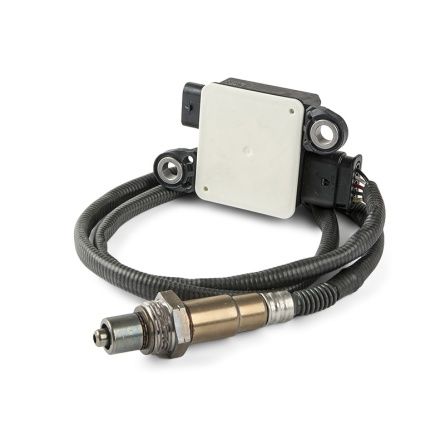
Particle Sensor PM
Audi8W0906261E£327.59 £272.99 -
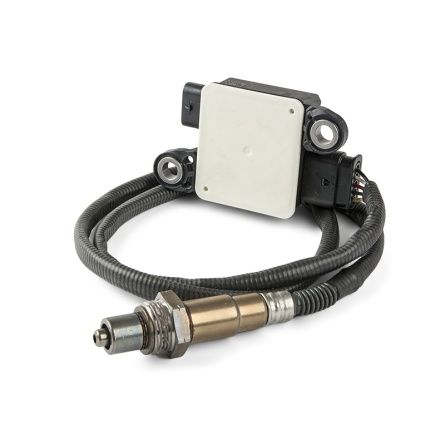
Particle Sensor PM
Audi8W0906261F£327.59 £272.99 -

Particle Sensor PM
Audi8K0906261B£327.59 £272.99 -
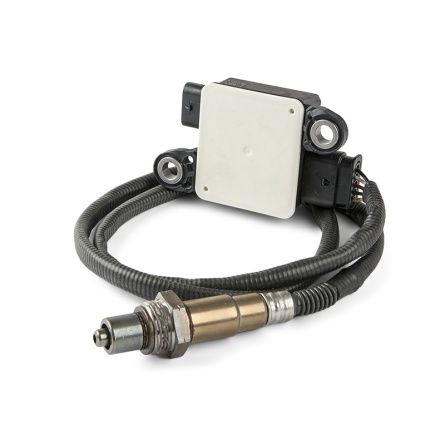
Particle Sensor PM
Audi8K0906261D£327.59 £272.99
Particle sensors PM
Particulate matter sensors have become a cornerstone of modern automotive technology, quietly shaping the way vehicles meet today’s strict environmental demands. These advanced devices are designed to monitor the presence of fine particles in exhaust gases, ensuring that harmful pollutants such as soot and other microscopic debris are accurately detected. By providing real-time data to the engine control unit, a particulate matter sensor makes it possible to maintain effective emission control, optimize filter regeneration, and keep vehicles compliant with ever-tightening regulations. Beyond regulatory compliance, these sensors also play a vital role in protecting air quality and public health, making them indispensable in the fight against pollution. Their presence highlights not only the importance of clean combustion but also the technological progress that is steadily guiding the automotive industry toward a more sustainable future.
Understanding Particulate Matter Sensors
A particulate matter sensor, commonly called a PM sensor, is engineered to detect and measure the concentration of microscopic particles such as soot and dust suspended in exhaust gases. These sensors are usually integrated into the exhaust system to track emissions directly at the source of combustion. Advanced technologies like laser scattering or electrical charge measurement make it possible to count and size particles with remarkable accuracy. By sending this information to the ECU, the vehicle can instantly verify whether the diesel particulate filter is performing as intended. If excess particles are present, the system can initiate corrective steps such as filter regeneration, burning off soot and restoring full efficiency.
The value of this technology is evident in both environmental and performance terms. Without particulate sensors, vehicles would emit significantly higher levels of pollutants, undermining global efforts to protect public health. With them, cars and trucks maintain compliance with strict emission standards while also operating more smoothly and efficiently.
The Role of DPF Pressure Sensors
The dpf pressure sensor is another indispensable element of emission control. Positioned to measure the difference in pressure between the inlet and outlet of the diesel particulate filter, it provides precise data about how much soot has accumulated inside. This information enables the ECU to determine whether the filter is approaching clogging and whether regeneration should begin.
Without accurate readings from a dpf pressure sensor, two costly outcomes become likely: either the DPF becomes overloaded, causing harmful backpressure and reducing engine performance, or the vehicle regenerates too often, wasting fuel and raising unnecessary emissions. Accurate pressure monitoring ensures regeneration only happens when necessary, supporting efficiency, preserving engine health, and extending the lifespan of the particulate filter.
Applications in Automotive Industry
Particulate sensors and pressure sensors are applied together in a closed-loop control system that maximizes engine efficiency while minimizing environmental impact. Downstream particle sensors verify that soot emissions are kept within limits, while differential pressure sensors track the actual soot load inside the DPF. This dual strategy ensures Euro 6 and Euro 7 emission standards can be met without sacrificing performance or fuel economy.
For manufacturers, these technologies represent essential tools for compliance with international legislation. For drivers, they mean cleaner operation, better fuel efficiency, and more reliable long-term performance of the exhaust after-treatment system.
Innovations in Particle Sensor Technology
Recent advances are focused on accuracy, durability, and integration with advanced vehicle electronics. New PM sensors now use electrode systems with integrated micro-heaters, allowing soot to be deposited and then burned off in controlled cycles. Monitoring resistance changes between electrodes provides highly accurate measurements, while automatic self-calibration reduces drift. This design makes it possible to detect even minor DPF leaks or early filter damage.
Another major improvement comes from combining particulate sensors with differential pressure monitoring. This integration shortens detection times for clogging and ensures regeneration occurs only at the right moment. As a result, fuel waste is reduced, unnecessary regenerations are avoided, and filtration efficiency remains high under real-world driving conditions.
Euro 7 regulations have further accelerated development, demanding continuous on-board monitoring of both NOx and PM levels. To meet these standards, manufacturers such as Bosch, Continental, and NGK/NTK are developing more durable sensors that can withstand high heat, vibration, and corrosive exhaust gases. Stronger housings, improved cabling, and resistant materials are all designed to extend sensor service life and minimize false alerts.
Finally, the industry is moving toward sensor fusion, where data from PM sensors, pressure sensors, temperature sensors, and NOx sensors is combined to create a more complete and reliable picture of exhaust conditions. This supports adaptive regeneration strategies and faster detection of exhaust system failures.
In practical terms, these innovations mean that emissions can be monitored with unprecedented precision, regeneration is performed more effectively, fuel consumption is reduced, and the risk of costly DPF damage is minimized. By combining particulate sensors with pressure monitoring in advanced control systems, the automotive industry ensures compliance with strict environmental laws while also improving overall performance. The result is a cleaner, more efficient, and more sustainable future for vehicles on the road.